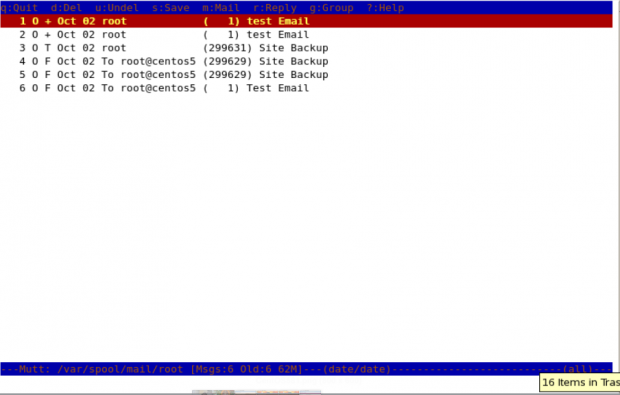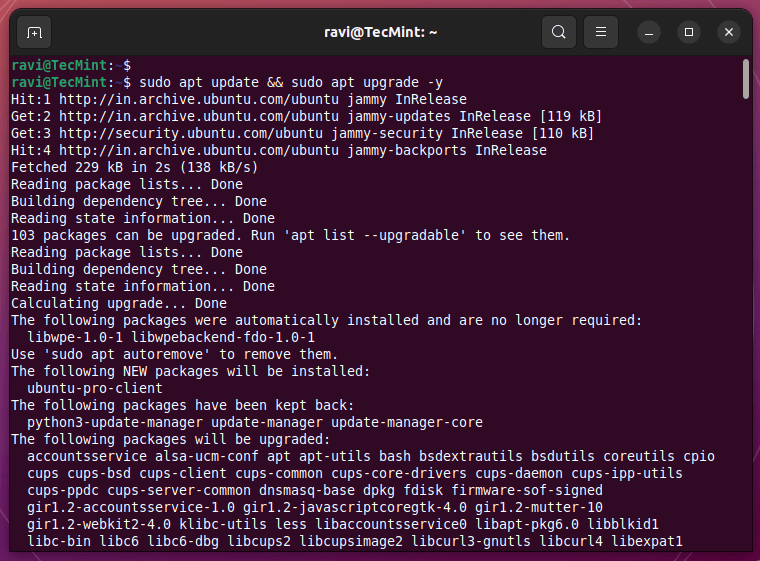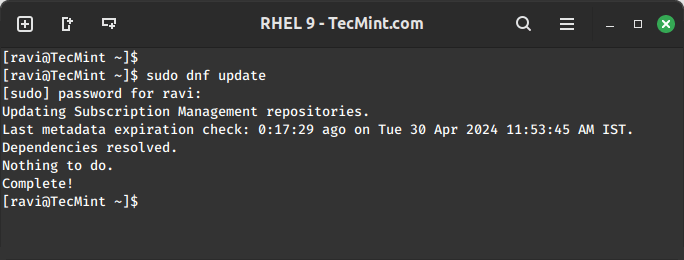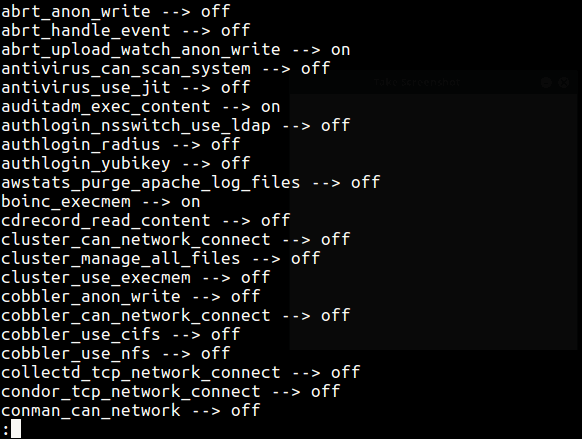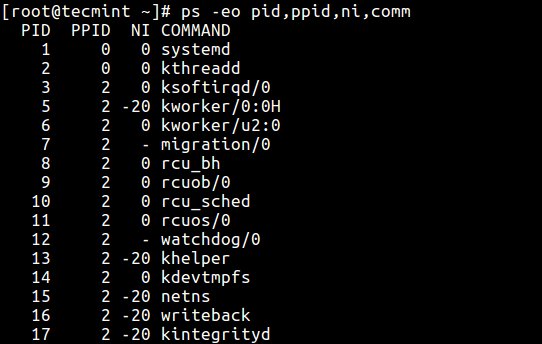What are the best WordPress Security plugins and how to set them up the best way
What are the best WordPress Security plugins and how to set them up the best way Below is a comprehensive guide on the best WordPress security plugins and how to set them up to ensure optimal protection for your WordPress site. Best WordPress Security Plugins 1. Wordfence Security Features: Web application firewall (WAF) to block…




